One Secret Exercise Trick That Can Add Years to Your Life, Says Doctor
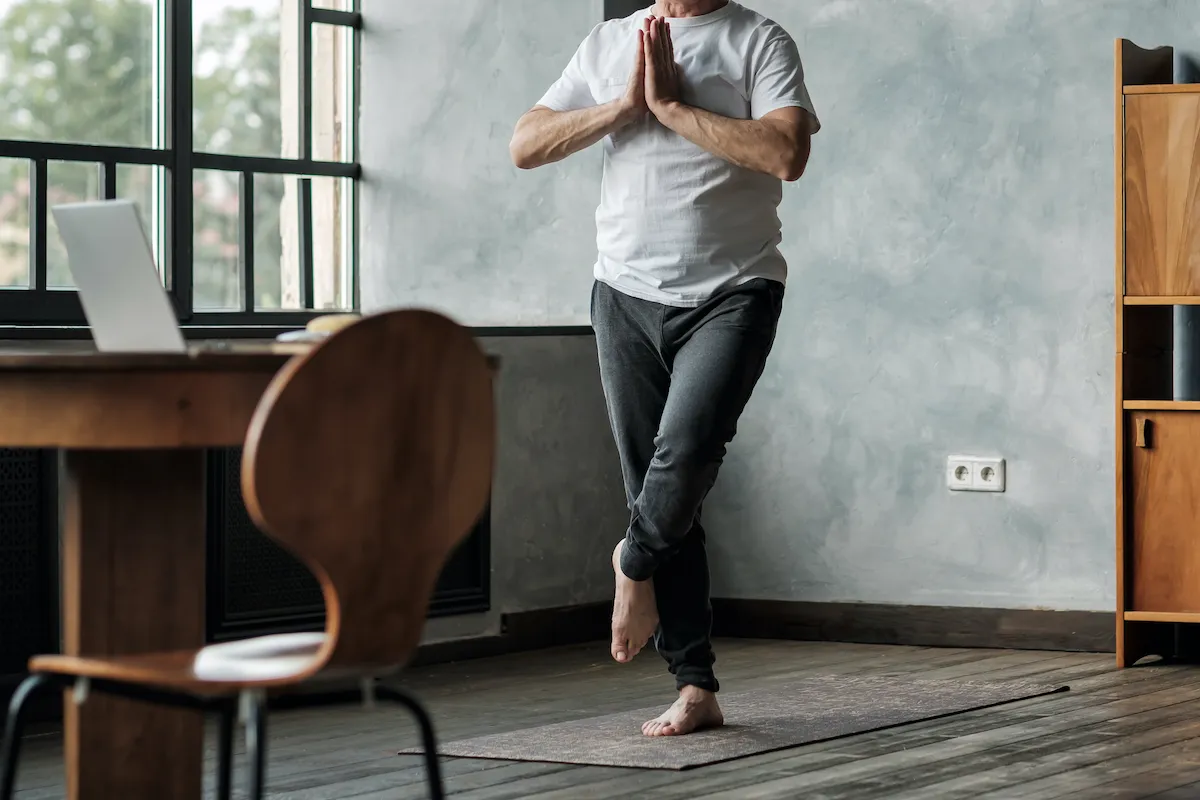
Having great balance isn't just for surfers and gymnasts. It's crucial for anyone who is getting older and aspires to live a long, healthy life. Countless studies have linked balance to your overall health and longevity, noting that when your ability to balance starts to deteriorate in your 40s and 50s, it leads to a gnarly cycle that includes less exercise, weight gain, a lack of physical confidence—and all of the resulting health risks that follow. As Dawn Skelton, Ph.D., a professor at Glasgow Caledonia University in the UK, explained recently on the popular BBC health podcast "Just One Thing," everyone who is 45 and up should consider doing more balance-focused exercises for their bodies.
"By doing a balancing exercise, you are challenging your brain to constantly practice keeping you upright," Skelton said. "We have to fight the urge to stop doing something when it makes us feel a bit wobbly."
The worse thing that can happen when you're wobbly is that you fall. If that happens when you're young, it's likely no biggie. "But as we're older, we might not be able to get up from that fall, it might start making us fearful of movement, and we might stop moving other times," she explains. "That makes us socially isolated, which isn't good for mental health."
Poor balance is also a really bad sign for your body. Believe it or not, balancing yourself is a cognitively demanding, total-body task—challenging not only your leg and ankle muscles but also your inner ear, your eyes, your joints, and your brain, all of which must coordinate to process a vast amount of information to understand where you are in space and to ensure that you don't fall.
"Balance will show up as bad if you have any problems with any of those things," notes Skelton. "People who have poor balance don't live as long…. It has more to do with the brain, and the brain being able to do the right thing. If it's not doing it well for balance, it's probably not doing it that well for your hormones and your cardiovascular system. It's a marker of decline."
She also offered some simple tips and tricks you can do at home to improve your balance and fight that decline. Chiefly, you can start standing on one leg more for 30 seconds at a time. You can do it while you're brushing your teeth, showering, or simply waiting for your food to cook. (If that doesn't sound very hard to you, try doing it with your eyes shut.)
In addition to standing on one leg for 30 seconds at a time, Skelton also recommends that you stand up "once an hour," consider doing tandem stands (which is when you stand with one foot behind the other, like a tight-rope walker), and walk backwards. "Just make sure you know where you're going," she said. Also, for some more advanced balance and stability training, consider the following exercises, courtesy of ETNT Mind+Body's resident trainer, Tim Liu, C.S.C.S. And for more great exercise advice, don't miss The Secret Mental Trick for Getting a Lean Body, Say Experts.
Yoga Warrior Pose
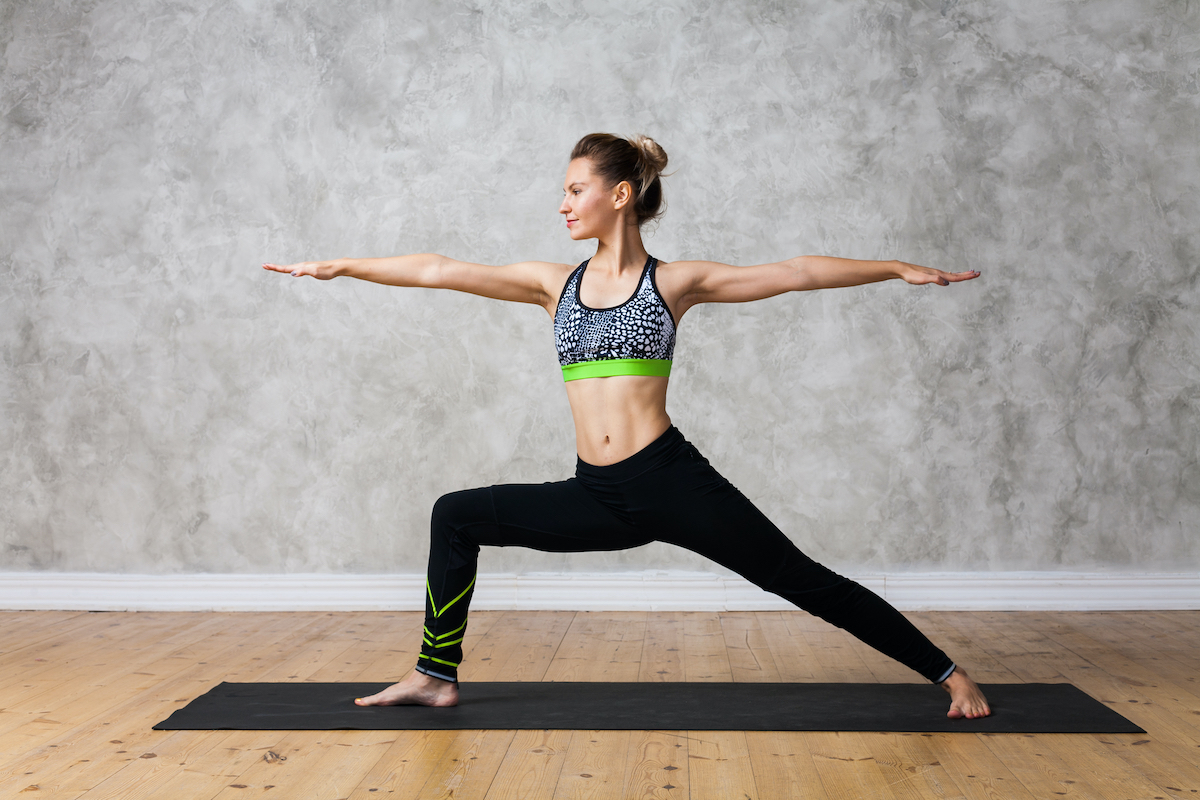
Spread your legs and extend your arms out to your sides. Turn your right foot out 90 degrees; bend your knee until your thigh is parallel to the floor. Hold for 10 breaths. Repeat on your left side.
Single-Leg Balance
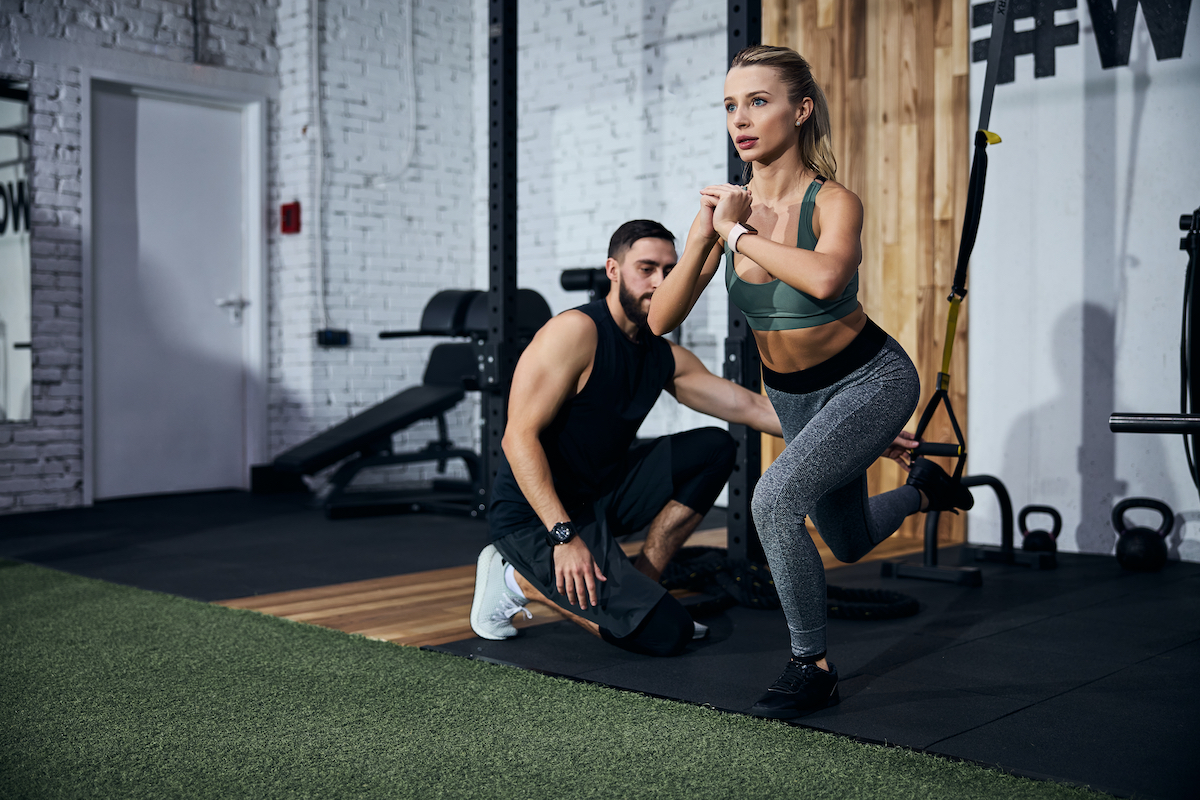
For this one, stand with your feet shoulder-width apart. Lift one leg off the floor and bend it backward, activating your knee. Hold the position for 30 seconds while maintain proper form. Repeat on the other side.
Back Extension
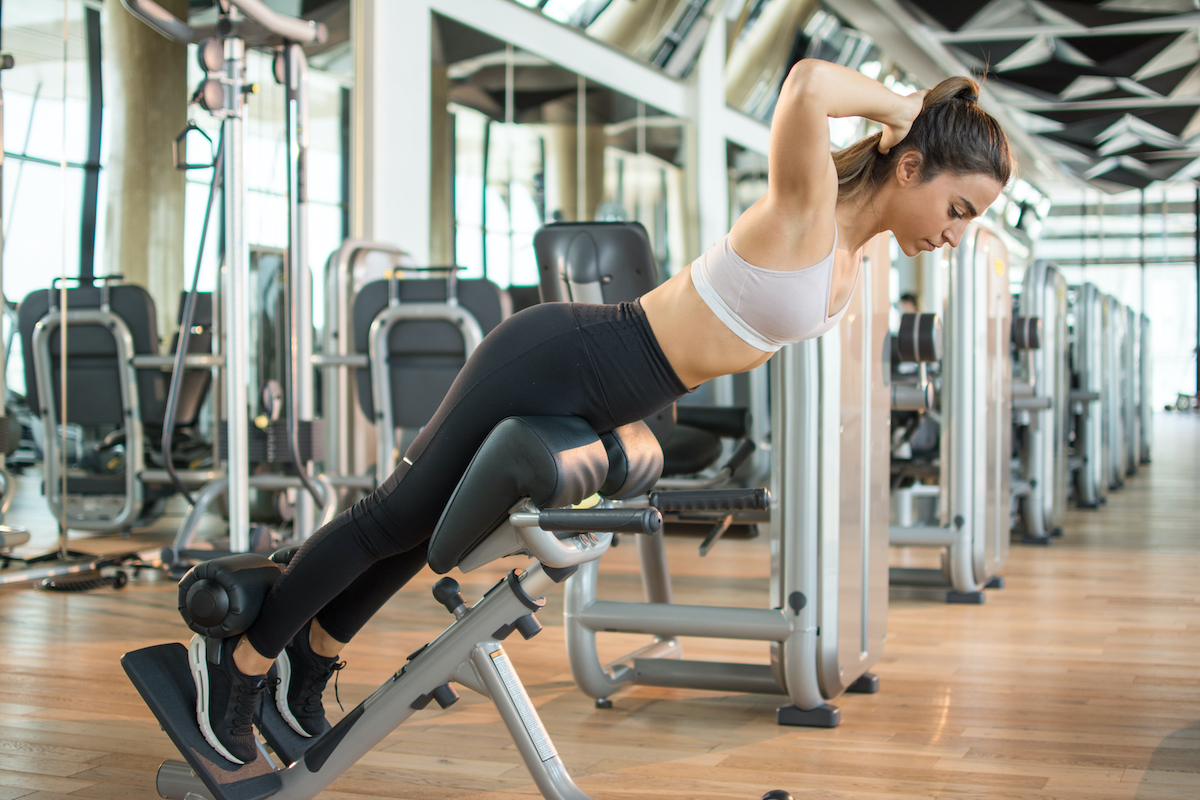
Position yourself in a Roman chair and bend over at the waist, lowering your torso until it's nearly vertical. Return to the starting position. Do three sets of 15 reps.
Torso Swivel
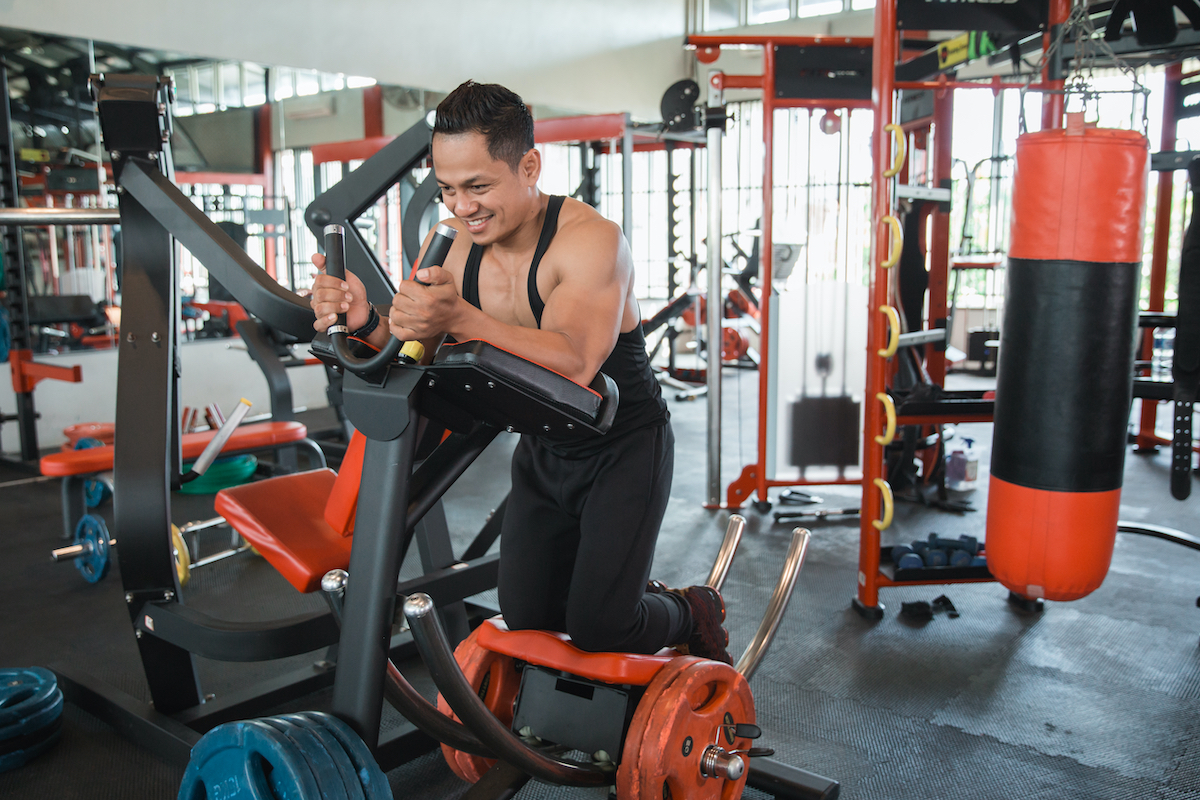
Sit in a rotary torso machine, adjust the armrests 45 degrees to your right, and twist left as far as you can. Do 10 reps, then repeat on opposite side. Do three sets. For more great exercise tips, don't miss The 4 Walking Workouts That Will Help You Get Lean, Says Top Trainer.








